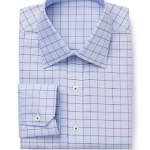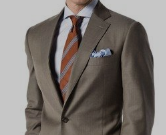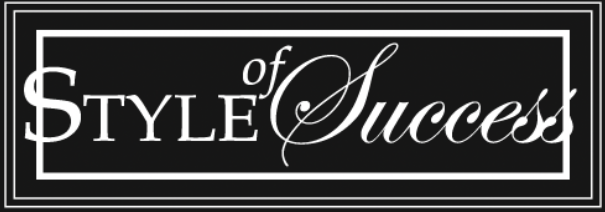In a world of free spirit and individuality fashion “rules” serve important purposes. They assure that you always feel appropriate, and you can enter into any situation with confidence.
I created these matching rules for clients that want to dress with a look of energy and assurance, but have not perfected their skill-set of what colors and patterns can be used in the same outfit, which go with each other, and when matching is not optimal.
To begin, unless you are in a highly creative industry which supports the use of mixed colors, patterns, textures – most expectations others will have of you are for more subdued color/pattern attire. Recruiters say to interviewees “they should not remember exactly what you wore, only that is was appropriate”.
Let’s start with your sartorial friend, Pattern. Adding an item that has a pattern with multiple colors allows you to connect the other two. For example, a shirt with blue and tan connects a navy jacket and tan chinos effortlessly.  When can you wear brown or English Tan shoes with a grey or blue suit? When you are in a less formal environment (than required by black), and you have chosen some component of your shirt, tie, or pocket square that has a little brown, orange, yellow or tan. (see how wonderful this tie connects with his shoes?) The concept of complementary – not exact – matching is an important skill for sartorial sophistication. Your goal is to layer clothing pieces to build each other up to create a higher level look. In this concept, you only need one color found in item A to match one color found in item B. Your pocket square should never match your tie (yikes, are those matching cufflinks too?) but you should ensure that one color in your pocket square can be found in your tie.
When can you wear brown or English Tan shoes with a grey or blue suit? When you are in a less formal environment (than required by black), and you have chosen some component of your shirt, tie, or pocket square that has a little brown, orange, yellow or tan. (see how wonderful this tie connects with his shoes?) The concept of complementary – not exact – matching is an important skill for sartorial sophistication. Your goal is to layer clothing pieces to build each other up to create a higher level look. In this concept, you only need one color found in item A to match one color found in item B. Your pocket square should never match your tie (yikes, are those matching cufflinks too?) but you should ensure that one color in your pocket square can be found in your tie. Pattern line direction should match. This means linear lines – like stripes or geometric blocks go with the same. Curves lines, like paisley, or circles and small rounded motives go with same. How can you wear two or three patterns at the same time?
Pattern line direction should match. This means linear lines – like stripes or geometric blocks go with the same. Curves lines, like paisley, or circles and small rounded motives go with same. How can you wear two or three patterns at the same time?
- Don’t mix the type of patterns –such as paisley with a stripe with a plaid.
- Chose one, but then layer on others ensuring that the scale or the size of the pattern is each a different size.
An example that worked would be a pin stripe suit, micro stripe shirt, and bold stripe rep tie. If in doubt, or baby steps? Just keep your pattern on pattern colors more muted. Want help learning to match? Or someone to do it for you?
I am a Personal Image Consultant and a J Hilburn Stylist, Trainer and Recruiter
I bring confidence, organization, efficiency to your life.
